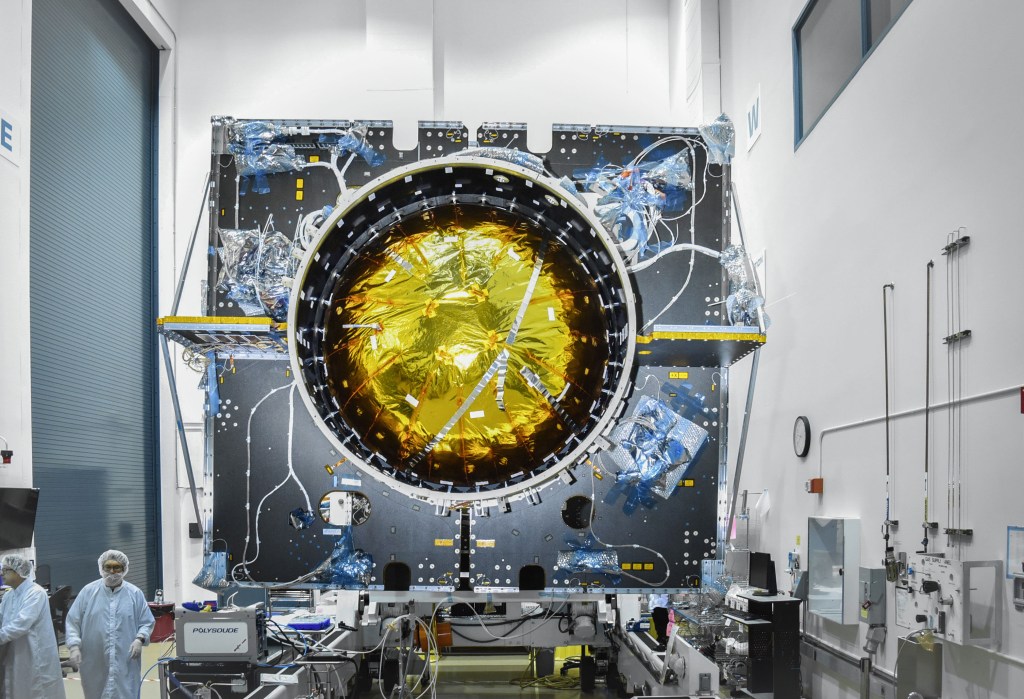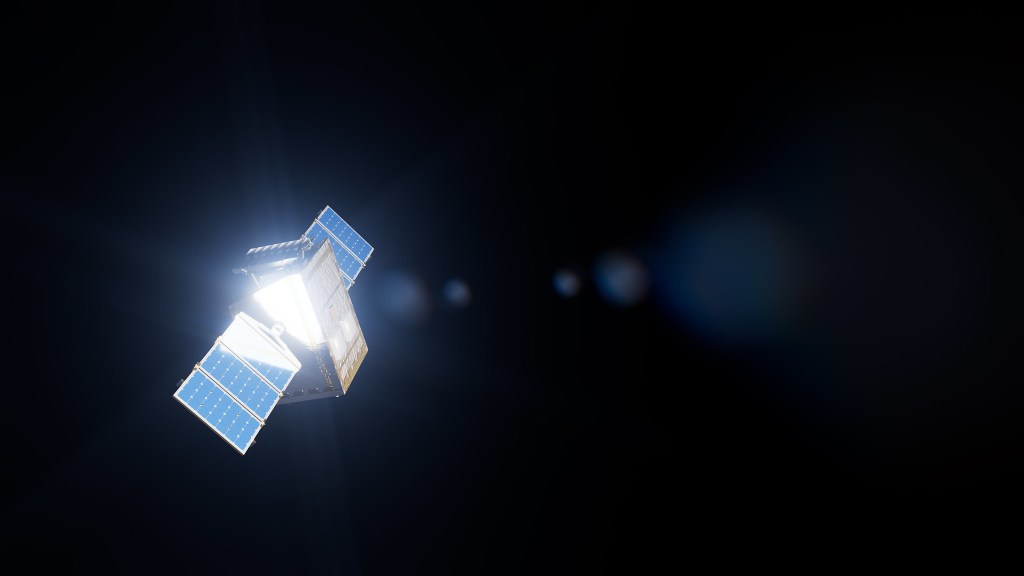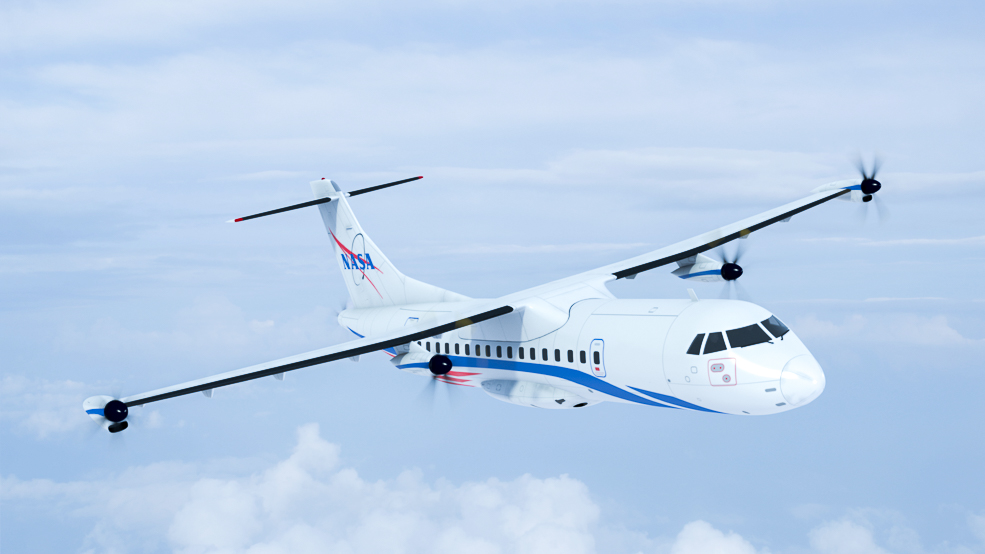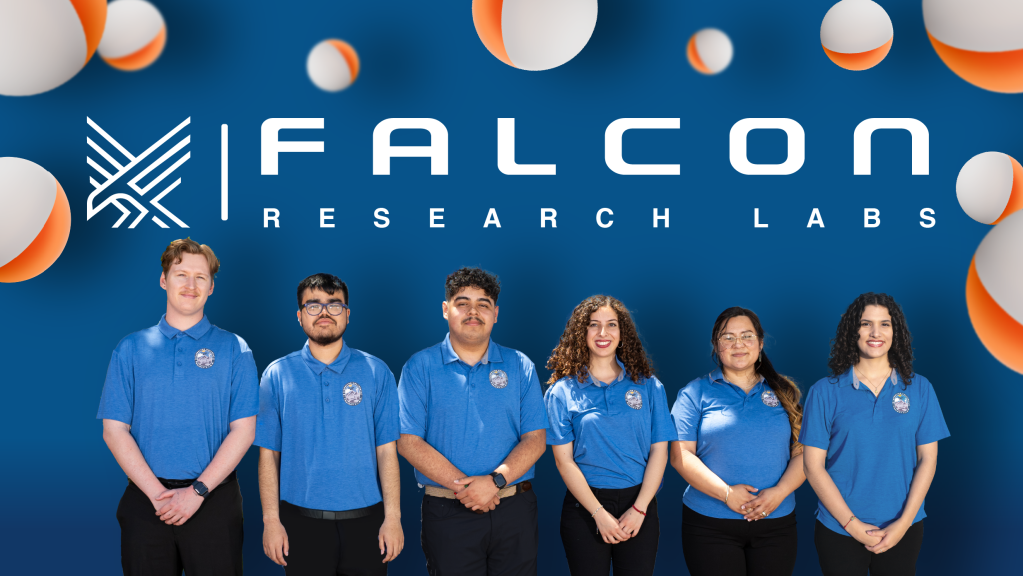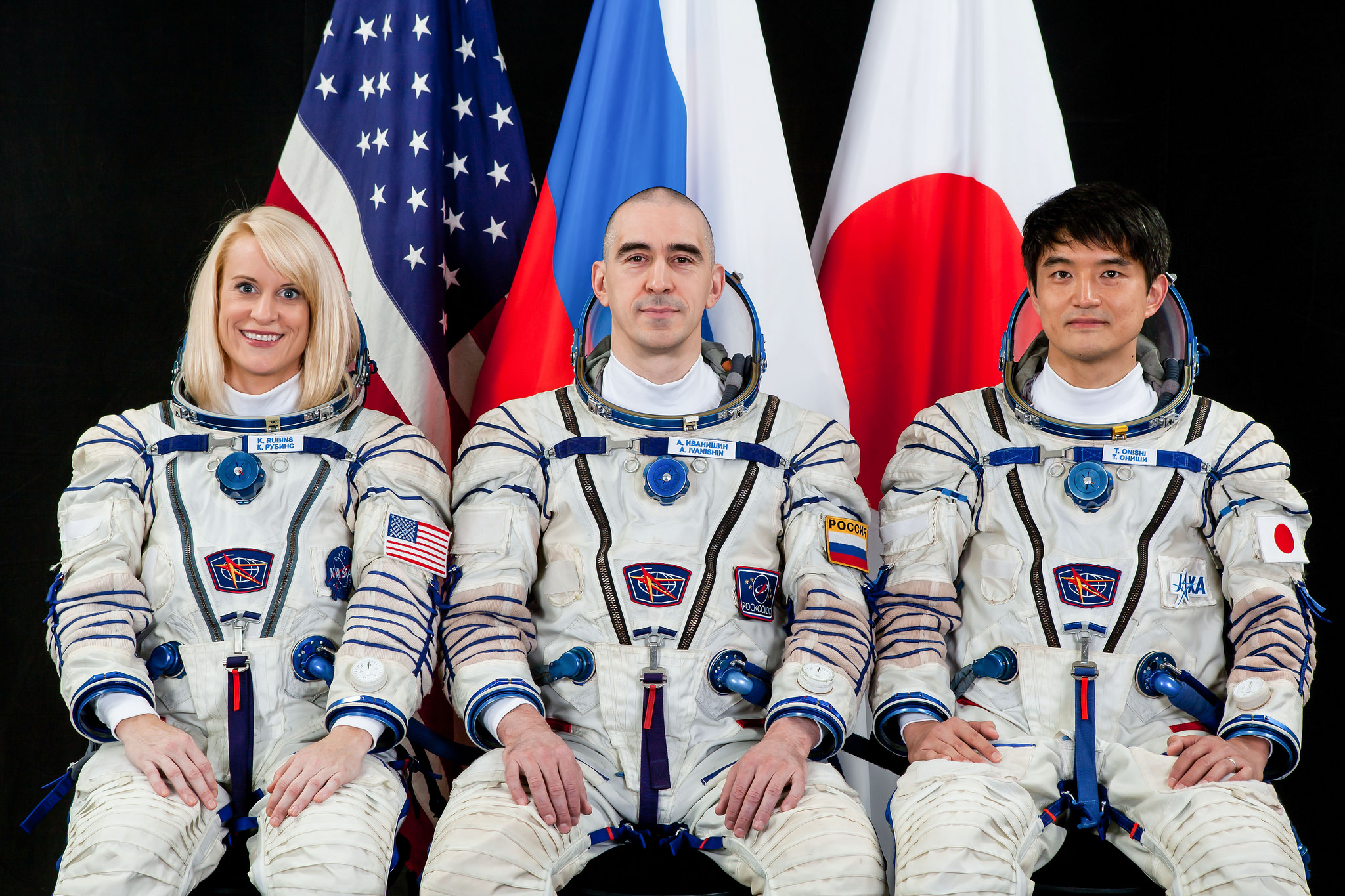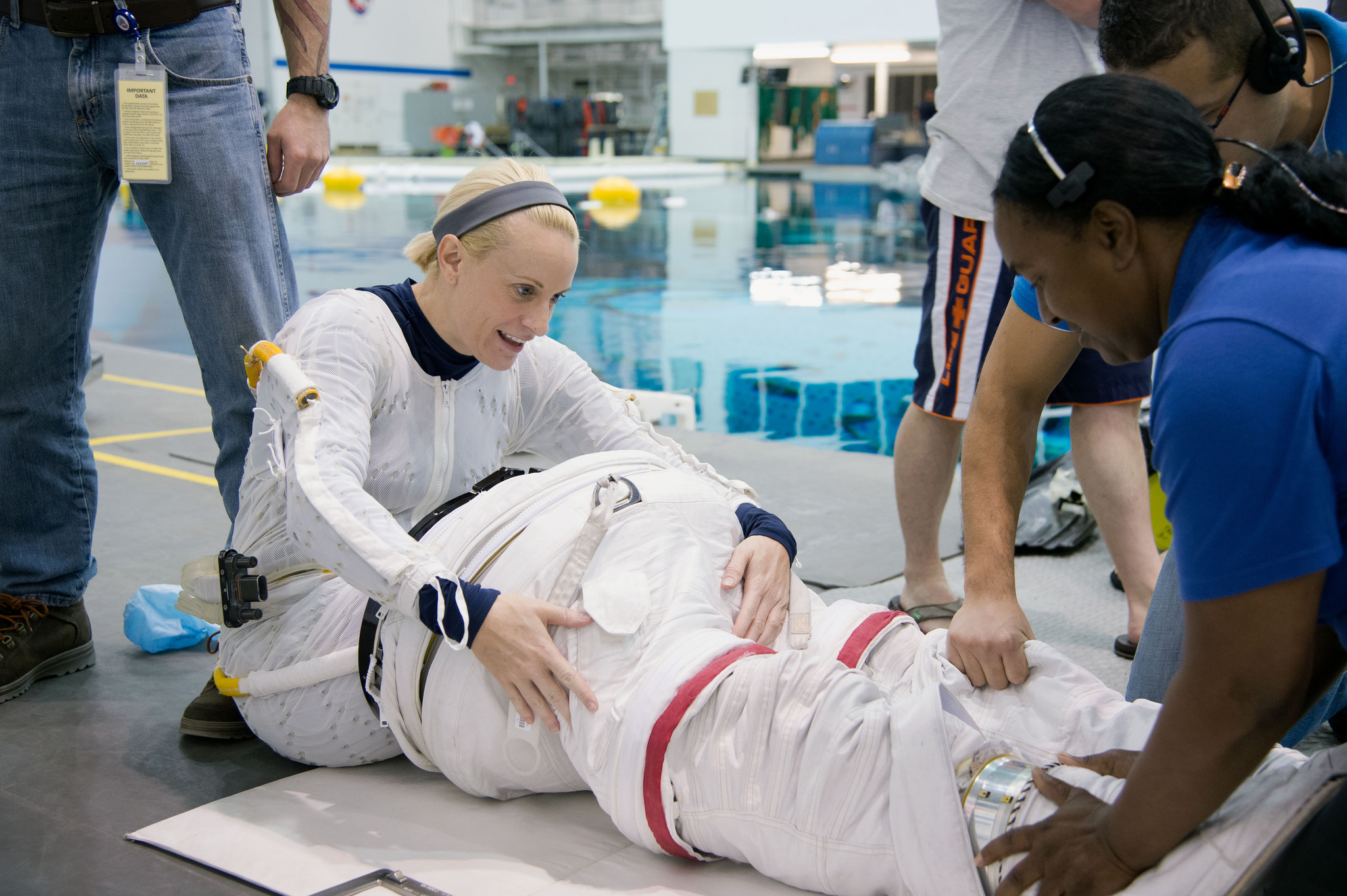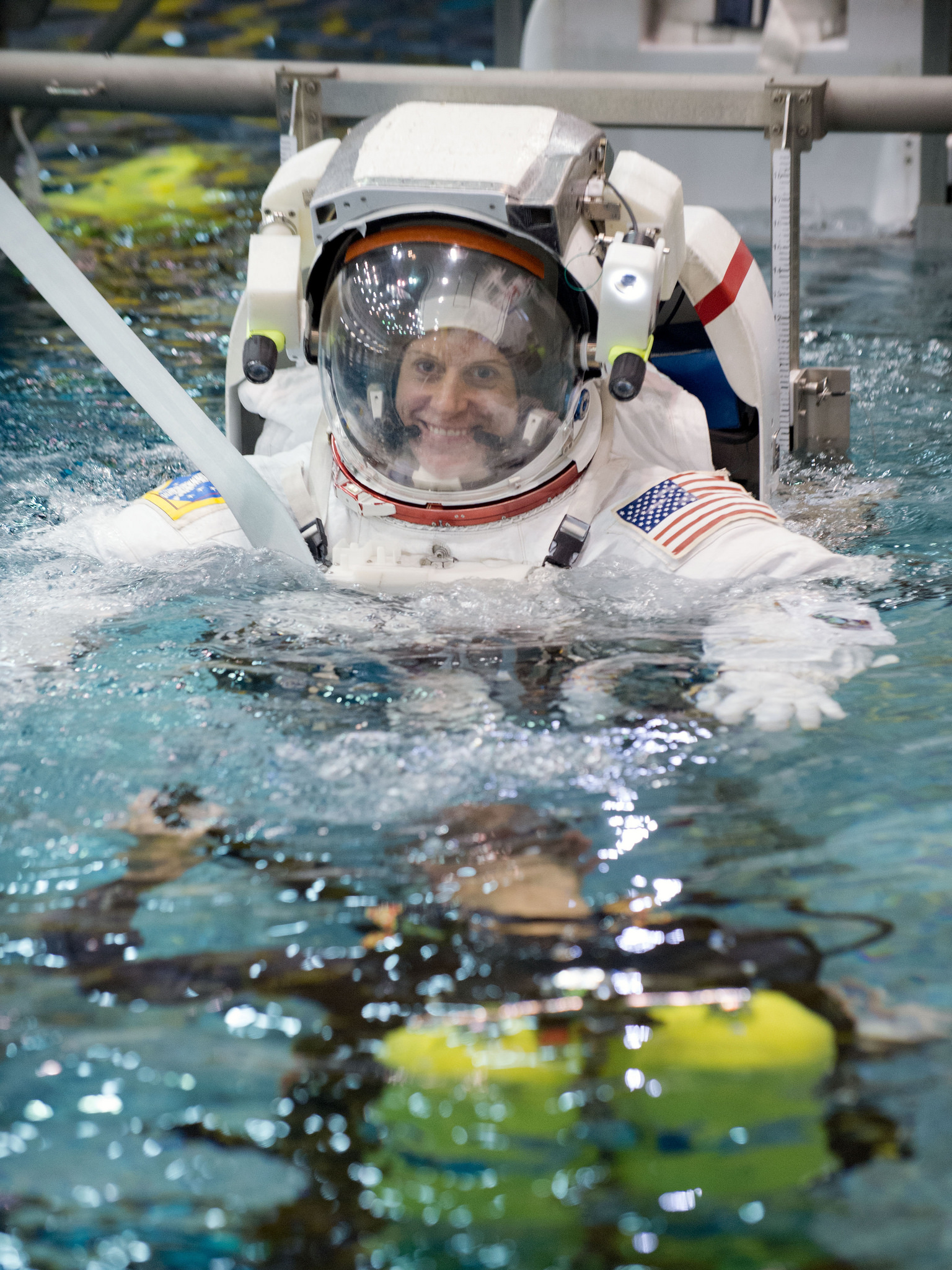Editor’s note: The Expedition 48/49 launch has moved to 9:36 p.m. EDT on July 6, 2016. (Updated June 28, 2016.)
NASA will host a news conference with a team of astronauts who will launch to the International Space Station this summer, including NASA’s Kate Rubins, at 2 p.m. EST Wednesday, March 9, at the agency’s Johnson Space Center in Houston. The event will air live on NASA Television and the agency’s website following a 30-minute video of crew training.
Rubins will be joined by her Expedition 48/49 crewmates, cosmonaut Anatoly Ivanishin of the Russian space agency Roscosmos and astronaut Takuya Onishi of the Japan Aerospace Exploration Agency. All three crew members will be available for individual media interviews, in person or by phone, following the news conference.
To request credentials to attend, or reserve an interview opportunity, U.S. media must contact the Johnson newsroom at 281-483-5111 by 6 p.m. Monday, March 7. International media must submit credentials to the Johnson newsroom by 5 p.m. Friday, Feb. 26.
Reporters who wish to participate in the news conference by telephone must contact the newsroom at least 10 minutes prior to its start. Those following the briefing on social media may ask questions using the hashtag #askNASA.
Rubins, Ivanishin and Onishi will launch to the space station aboard the Soyuz MS-01 spacecraft Thursday, June 21, from the Baikonur Cosmodrome in Kazakhstan. The trio will join Expedition 48 Commander Jeff Williams of NASA, and cosmonauts Oleg Skripochka and Alexey Ovchinin of Roscosmos, already on the station conducting research.
During their four-month mission, the station crew members will facilitate approximately 250 research investigations and technology demonstrations not possible on Earth in order to advance scientific knowledge of Earth, space, physical, and biological sciences. Science conducted on the space station continues to yield benefits for humanity and will enable future long-duration human and robotic exploration into deep space, including the agency’s Journey to Mars.
The crew members are expected to be on the station for the arrivals of American cargo spacecraft the SpaceX Dragon and Orbital ATK Cygnus. The Dragon will deliver the station’s first International docking adapter to accommodate the future arrival of U.S. commercial crew spacecraft. A Japanese cargo craft also is planned to launch to the station carrying lithium ion batteries to replace the nickel-hydrogen batteries currently used on station to store electrical energy generated by the station’s solar arrays.
During her time at the space station, Rubins will participate in several science experiments. Along with physical science, Earth and space science, and technology development work, Kate will conduct several biological and human research investigations. Research into how the microbiome of a human body changes during space travel, and performing the first genetic sequencing in space are just two examples of the hundreds of experiments in which Rubins plans to take part.
Rubins was born in Farmington, Connecticut, and raised in Napa, California. She received a bachelor’s degree in molecular biology from the University of California, San Diego, and a doctorate in cancer biology from Stanford University. Before joining the astronaut corps in 2009, she worked with the U.S. Army Medical Research Institute of Infectious Diseases and the Center for Disease Control and Prevention, where she helped develop the first model of smallpox infection. She also headed a laboratory of 14 researchers studying viral diseases that affect Central and West Africa. As part of that work, she researched the DNA sequencing of diseases, such as Ebola.
Follow the space station crew and mission on Instagram at:
http://instagram.com/iss
For more information about the International Space Station and its crews, visit:
https://www.nasa.gov/station
-end-
Cheryl Warner
Headquarters, Washington
202-358-1100
cheryl.m.warner@nasa.gov
Brandi Dean
Johnson Space Center, Houston
281-483-5111
brandi.k.dean@nasa.gov





